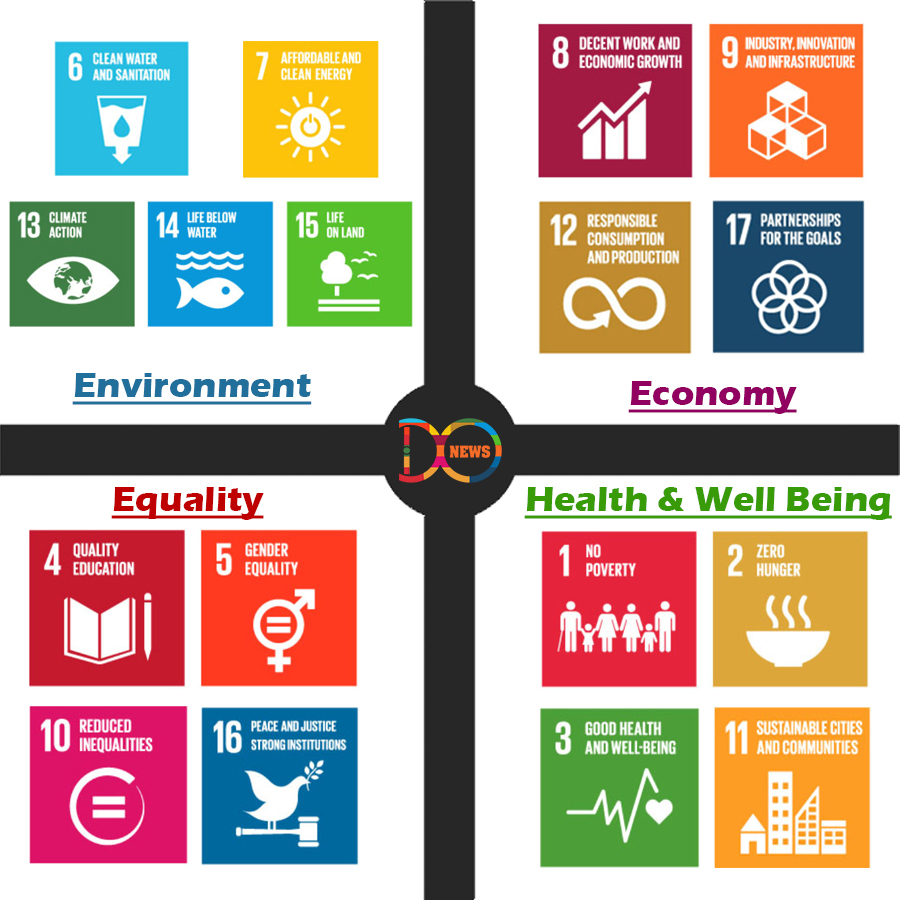Doodle The News Gains A Fresh Perspective From Early Childhood Education Majors
After successfully implementing a media literacy workshop at Cazenovia High School, I had a solid debriefing session with the students. I learned a lot, but my key takeaway from the experiment showed me that Doodle the News is probably more appropriate for elementary and middle school aged youth.
Due to my diminishing time frame at Newhouse and limited access to transportation, I haven’t been able to take my workshop into elementary schools quite yet. Before I make that leap, I want to be better equipped with the necessary knowledge of what these students want in an educational technology. Thanks to Professor Jeff Mangram, I was able to present an informational session/open-ended questionnaire on Doodle the News and what I’m trying to accomplish to some of his students who study early childhood education.
His class consisted of 15 students total: 12 female and three male. There was one junior and one senior, while the other thirteen students were freshmen. After Professor Mangram introduced me as one of his master’s candidates, I took the floor to tell students more about my story and why I founded Doodle the News.
In my presentation, I explained how today’s social media landscape is riddled with fake news, and this problem will only continue to persist if we do not try tackling the issue at younger ages. Building students’ media literacy skills is important in our information age, as discerning legitimate news reporting from unreliable fake news is becoming increasingly difficult.
I then transitioned to explaining what the 17 Sustainable Development Goals were and how they helped guide Doodle the News towards our North Star of becoming a news company that aims to make a meaningful impact in the world. Fortunately, a few students were familiar with these principles, so it made it easy to explain how I use them as a framework to help students gather news.

Rather than having students do the media literacy workshop, I opted to show them the results of my Cazenovia High School experiment as a case study. I wasn’t sure if I was going to have enough time to conduct the entire activity, and it probably wouldn’t help much since I want to integrate this into younger audiences. The students seemed to grasp that Doodle the News is a platform to rightfully encourage media literacy and promote a healthy understanding of what is going on in today’s world.
I concluded the presentation with a brief questionnaire on Survey Monkey and a debrief session following after. Professor Mangram and I asked the students a multitude of questions gauging students’ understanding of what Doodle the News was and how I could improve my platform.
I received glowing feedback for my efforts, and I was content to see such great reception. I would have ended the debrief session prematurely if it weren’t for Professor Mangram’s persistence to get me more feedback. He urged students to give me constructive criticism that would lead me down a road to more success, and the students started to dig deeper.
Some students wished they had a chance to explore my website doodlethenews.com before the presentation, as it would give them the opportunity to familiarize themselves with the topic at hand. Personally, I would have started my presentation with this if I knew how much time I was allotted. I was told I would have 30 minutes, but I ended up presenting for about an hour total.
Additionally, students wondered why I utilize the 17 Sustainable Development Goals in the first place, who writes the news on my website, and how I manage to ensure Doodle the News is not biased. I gave my honest answers to these concerns, as I was glad students were interested in my startup’s back story (which you can learn more about below!).
Overall, I found more compelling evidence to bring Doodle the News to students in the lower half of K-12. Students gave me personal anecdotes about how some of their younger siblings have been susceptible to fake news, damaging their chance to know what is real or not online.
According to pg. 7 of Douglas Kellner and Jeff Share’s Critical Media Literacy, Democracy, and the Reconstruction of Education, “incorporating the arts and media production into public school education holds important political benefits for making learning more experiential, hands-on, creative, expressive, and fun. Media arts education can bring pleasure and popular culture into mainstream education, thereby making school more motivating and relevant to students.” When showing students this quote, they overwhelmingly agreed, and it adds more fuel to my fire.
When the time is right, Doodle the News will make its way to more primary schools abroad.





